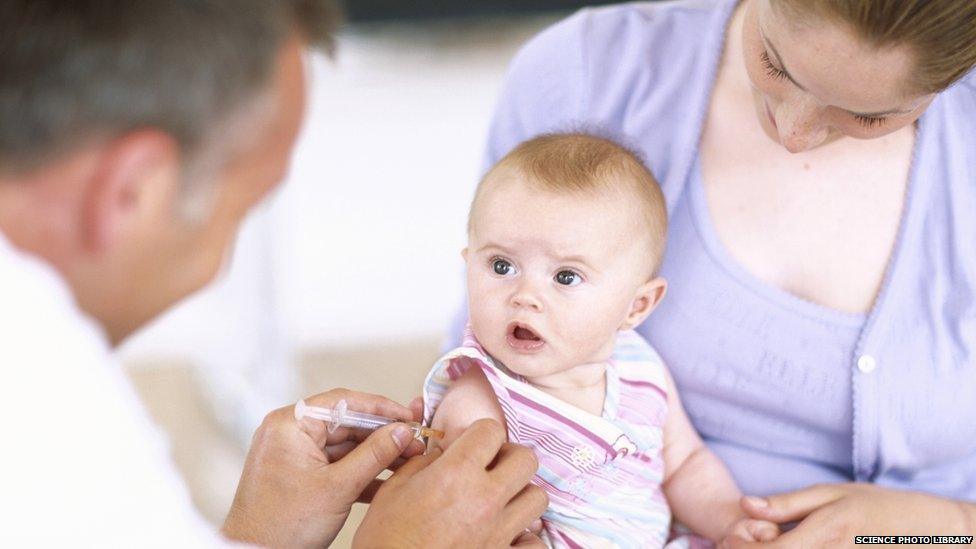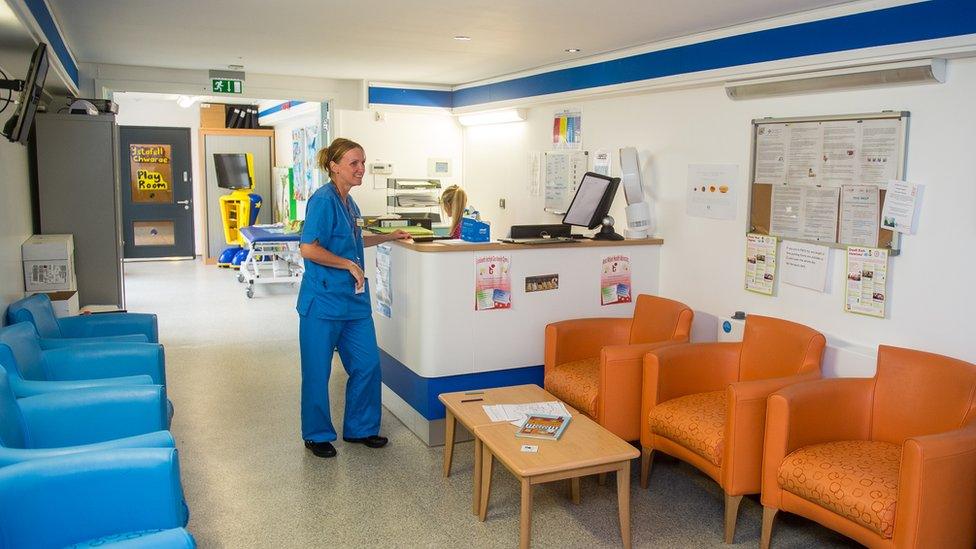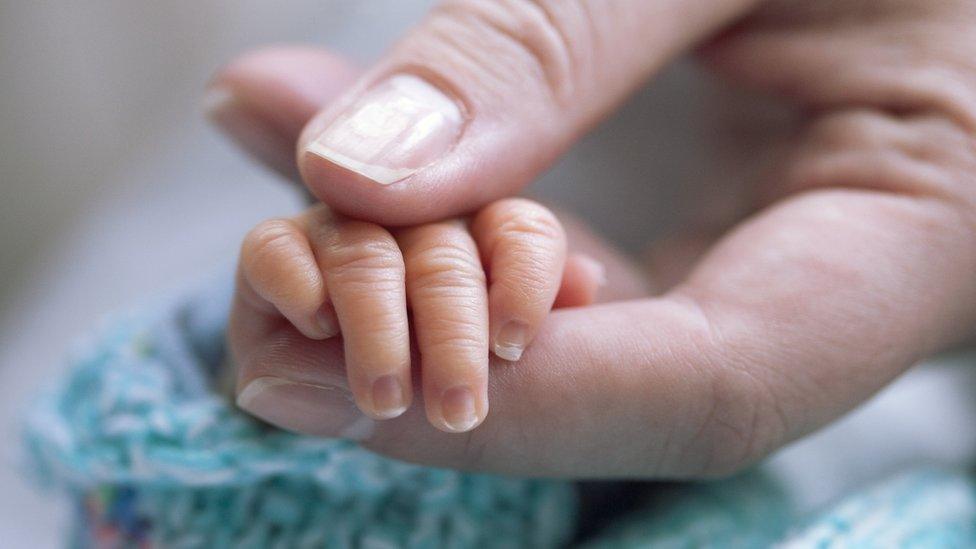Shortfall in number of children's doctors
- Published
- comments

A shortfall in the number of children's junior doctors in the UK should act as a "wake-up call", the Royal College of Paediatrics and Child Health says.
Their study reveals children's units are struggling to fill nearly one in five places on their rotas.
"Large gaps in the workforce have a serious impact on doctors and vital hospital services," said RCPCH's Dr Simon Clark.
Almost 90% of children's units are concerned about how they will cope.
The latest figures are based on an annual survey by the Royal College of Paediatrics and Child Health focusing on rota gaps and vacancies. The survey was carried out online earlier this year, with nearly two-thirds of the 211 paediatric and neonatal units responding.
It found there was not enough junior doctors to fill 18.6% of places on rotas with the most problems among the most senior posts where the vacancy rate was 23.4%.
The average rota should have just over nine junior doctors.
It means hospital bosses are having to resort to filling their rotas by using locums or asking more senior doctors, including consultants, to fill the gaps.

The junior doctors' contract has been cited as one of the reasons for the fall in the paediatrics workforce
Survey respondents say the imposition of the junior doctors' contract in England last year, and the introduction of locum pay caps have inflamed the situation.
In addition, the UK's decision to leave the EU has left many non-UK doctors and trainees concerned about their ongoing rights in the UK labour market.
Non-UK qualified doctors currently make up two-fifths of the professional paediatric workforce, a report on the State of Child Health, external found in April - but the number of applicants applying to train in paediatrics who are European Economic Area graduates has fallen by 58% in two years.
Children's junior doctors train for approximately eight years, prior to reaching consultant level.
'Considerable strain'
It comes as the number of hospital admissions for children in England rose by 25% between 2013 and 2016, from 1.2 million to 1.5 million.
A total of 87% of children's units expressed concern over how they will cope over the coming six months.
The report states the service was stretched to breaking point last winter and "there is nothing so far to indicate 2017 will be any different".
It concludes that that "acute service provision for children remains under considerable strain across the UK".
The organisation has urged the government to appoint a body to oversee the paediatric workforce both nationally and regionally, co-ordinating all the relevant agencies and identifying and aligning training requirements.
In addition, it says the Home Office should ensure immigration rules allow the entry into the UK of healthcare professionals whose clinical skills will benefit the NHS, and provide immediate reassurance to EU nationals working in the organisation.
The RCPCH is also calling for paediatrics to be placed on the shortage occupation list - lifting immigration controls on those applying from outside the European Economic Area.
But a Department of Health spokeswoman said plans were in place to ensure there are enough doctors.
"We are helping the NHS cope with rising patient demand — that's why there are 11,700 more doctors and 13,100 more nurses on our wards since 2010."
She added paediatrics remained an "attractive choice" with 90% of new training posts starting in September already filled.
- Published24 November 2016

- Published1 December 2016

- Published21 June 2017
